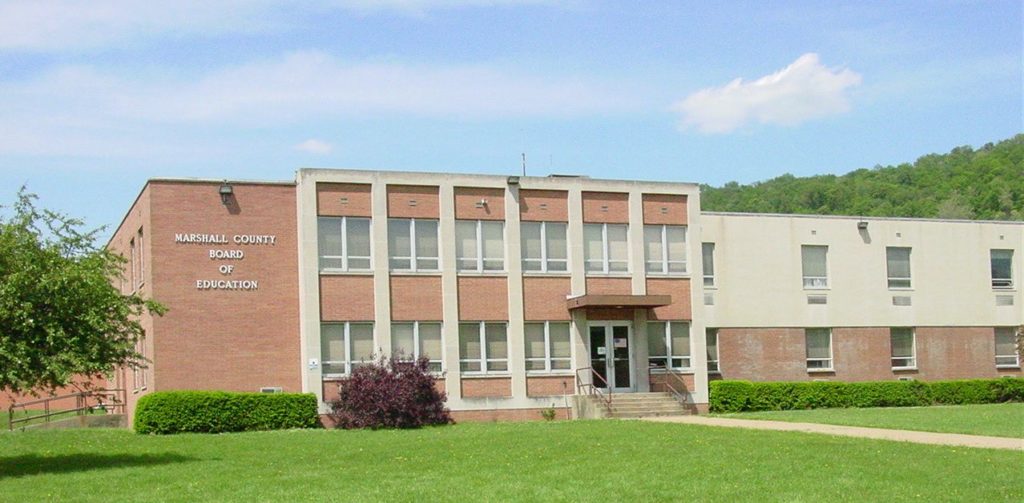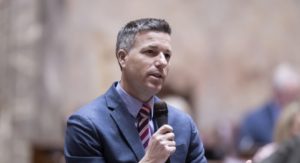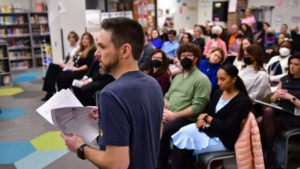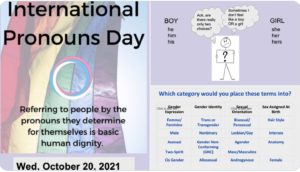“We now see how much ground districts have to make up to get their students back on track,” Marguerite Roza, the director of the Edunomics Lab, said in a statement. “More than ever, we need district leaders to communicate with their communities on how they are using recovery funds to address those gaps.”
Report: Pandemic policies set average WV school district back 7 months in math
(The Center Square) – Every West Virginia school district saw significant learning losses between 2019 and 2022, with students being more than three-fourths of a year behind on average, according…

(The Center Square) – Every West Virginia school district saw significant learning losses between 2019 and 2022, with students being more than three-fourths of a year behind on average, according to an analysis from the Center for Education Policy Research at Harvard University.
“The pandemic was like a band of tornadoes that swept across the country,” CEPR Faculty Director Thomas J. Kane said in a statement. “Some communities were left relatively untouched, while neighboring schools were devastated. The Education Recovery Scorecard is the first high-resolution map of the tornadoes’ path to help local leaders see the magnitude of the damage and guide local recovery efforts.”
According to the report, the average West Virginia school district in 2022 was about seven months behind what it was in 2019 and almost every school district was more than a half of a year behind. The worst performing school districts were almost a year behind in mathematics.
Although learning losses plagued the nation, according to the 2022 NAEP data, West Virginia performed worse than most. The average learning loss was about half of a school year, while West Virginia’s loss was about 79% of a school year.
“One of the things we found is that even within a district, there is variability,” Sean Reardon, a professor of poverty and inequality at Stanford Graduate School of Education, said in a statement. “School districts are the first line of action to help children catch up. The better they know about the patterns of learning loss, the more they’re going to be able to target their resources effectively to reduce educational inequality of opportunity and help children and communities thrive.”
The only school district in West Virginia to lose less than a half of a year of learning on math was Marshall County Schools, which lost slightly less than a half of a year. Monongalia, Hancock, Raleigh, Boone and Preston had slightly more than a half of a year’s worth of losses.
Some of the worst losses were in Mingo, Mineral, Mercer, Marion, Jefferson and Berkeley, which had close to a year’s worth of learning losses.
Of some of the larger school districts, Wood County saw a learning loss of more than six months, Kanawha saw a learning loss of more than seven months and Berkeley saw a learning loss of about eight months.



